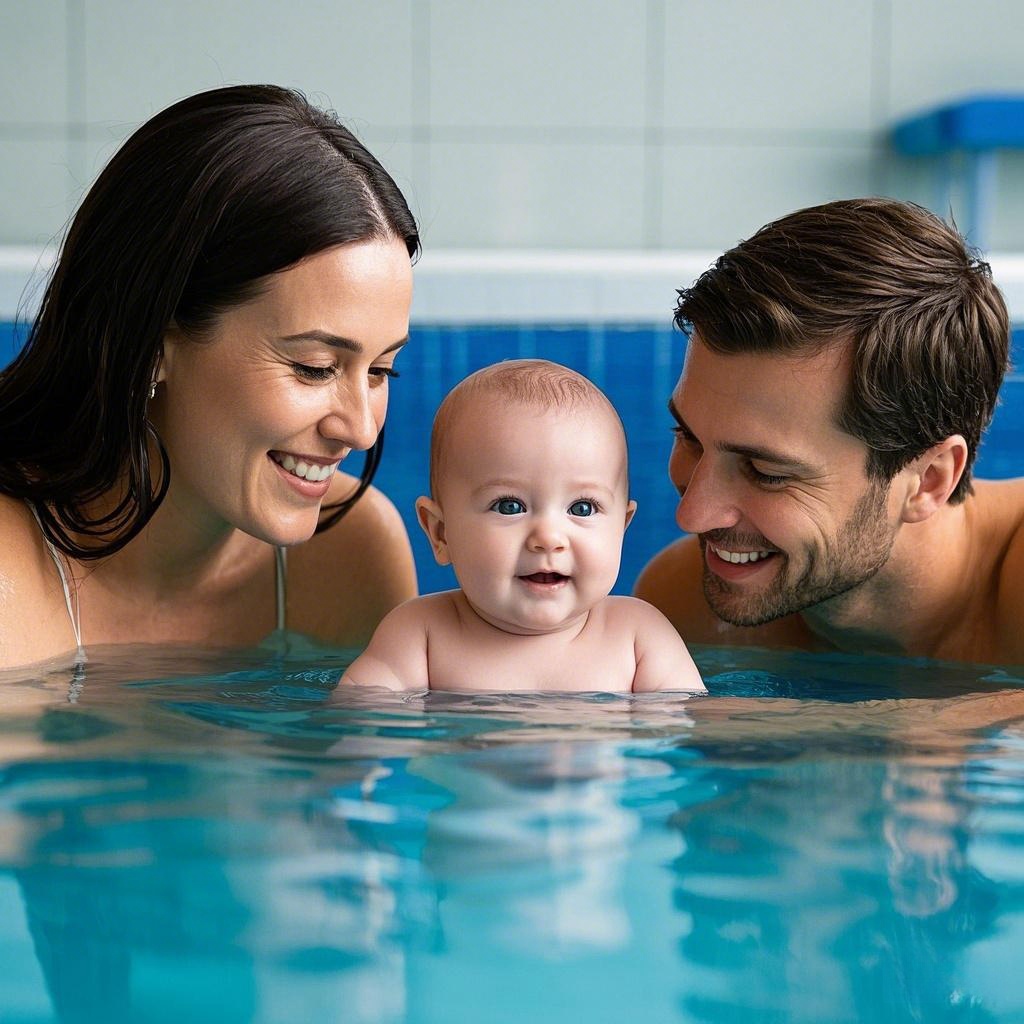“6 Fun Sensory Motor Skills Activities to Boost Your Child’s Development” is more than a catchy phrase—it’s a practical roadmap for parents, caregivers, and educators who want to nurture well‑rounded, confident children. By weaving purposeful play into everyday routines, you can strengthen the building blocks of movement, perception, and self‑control without the pressure of formal lessons. Below, you’ll find an in‑depth look at six core areas—fine motor, gross motor, sensory processing, balance and coordination, proprioception, and hand‑eye coordination—each paired with engaging, low‑prep activities that fit into busy family life. Whether you’re rearranging couch cushions for an impromptu obstacle course or turning leftover pasta into a lacing game, these ideas show that meaningful skill‑building can be inexpensive, adaptable, and, above all, fun.
1. Fine Motor Skills Development

Fine motor skills hinge on the small muscles of the hands, wrists, and fingers that power everyday actions like buttoning a coat or writing a name. When children refine these movements, they also build concentration and confidence, laying a sturdy foundation for academic tasks such as pencil grip and keyboard use.
Why it matters
Proper fine‑motor control supports handwriting legibility, self‑care independence (think tying shoelaces or zipping backpacks), and even healthy eating habits as kids learn to manipulate utensils. Early mastery can reduce frustration in school, freeing mental energy for creative thought rather than focusing on the mechanics of holding a crayon.
Playful activity ideas
- Pasta‑Threading Necklace – Offer uncooked rigatoni or penne and a piece of yarn with tape wrapped around one end as a “needle.” Children thread the pasta, building pincer strength and bilateral coordination.
- Sticker Storyboards – Provide sticker sheets and blank paper; have kids peel, place, and then create micro‑stories around their chosen images. Peeling boosts finger isolation, while storytelling sparks language growth.
- Clothespin Clip Cards – Write numbers or letters on index cards and invite children to match clothespins labeled with corresponding symbols. The squeeze‑release motion strengthens intrinsic hand muscles essential for scissors and handwriting.
Tips for success: Encourage slow, controlled movements and celebrate effort over perfection. Vary the difficulty by changing object sizes or adding a timer for older children who crave a challenge.
2. Gross Motor Skills Development
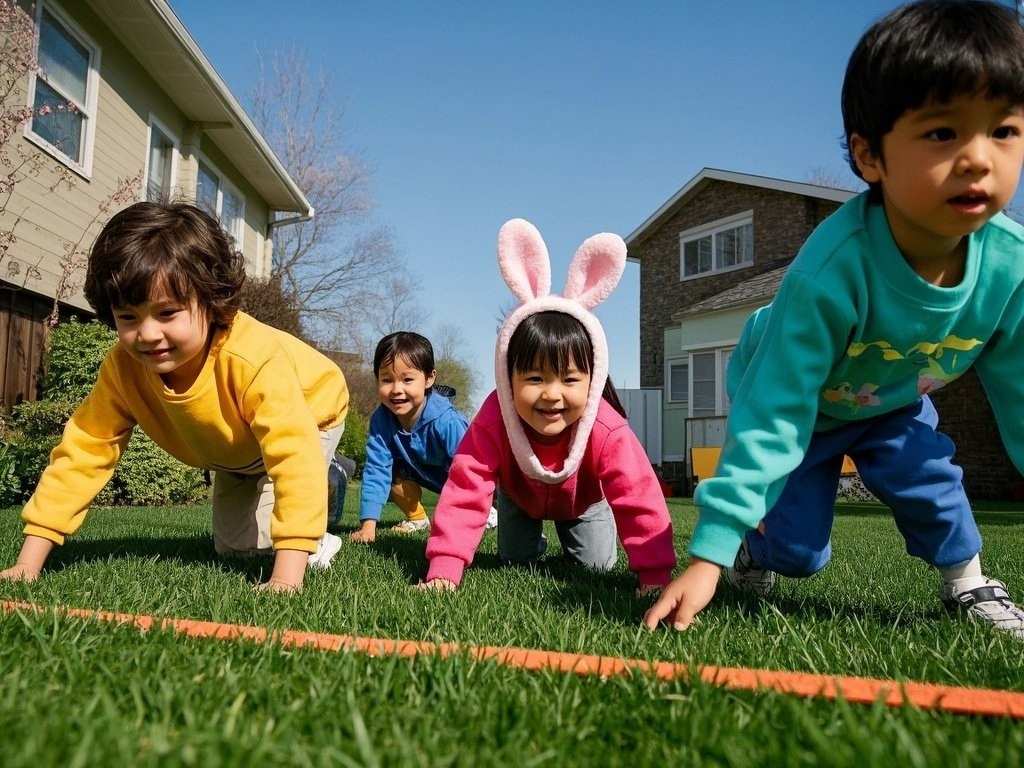
Gross motor abilities involve large muscle groups responsible for crawling, jumping, and eventually participating in sports. Robust gross motor control enhances cardiovascular health, posture, and overall stamina, making it easier for kids to sit attentively in class or carry a heavy schoolbag.
Why it matters
Children with strong gross motor foundations tend to perform better in playground games, which boosts social inclusion and self‑esteem. Solid core strength also underpins fine‑motor accuracy—after all, a steady torso helps keep a writing hand stable.
Playful activity ideas
- Animal Walk Relay – Mark two points with masking tape. Have kids bear‑crawl like a tiger, bunny‑hop, or waddle like a penguin to the finish line and back. Each movement pattern targets different muscle sets while sparking laughter.
- Sock‑Ball Bowling – Roll up spare socks into “balls” and set up empty plastic bottles as pins. A hallway becomes a bowling lane where children practice aim, force modulation, and trunk rotation.
- “Floor Is Lava” Pathway – Arrange couch cushions, cardboard squares, or towels across the living room. Kids jump from island to island, enhancing leg power, balance, and spatial awareness.
Layering these activities over time—three quick bursts a day is usually enough—keeps energy levels balanced and screens at bay.
3. Sensory Processing Activities
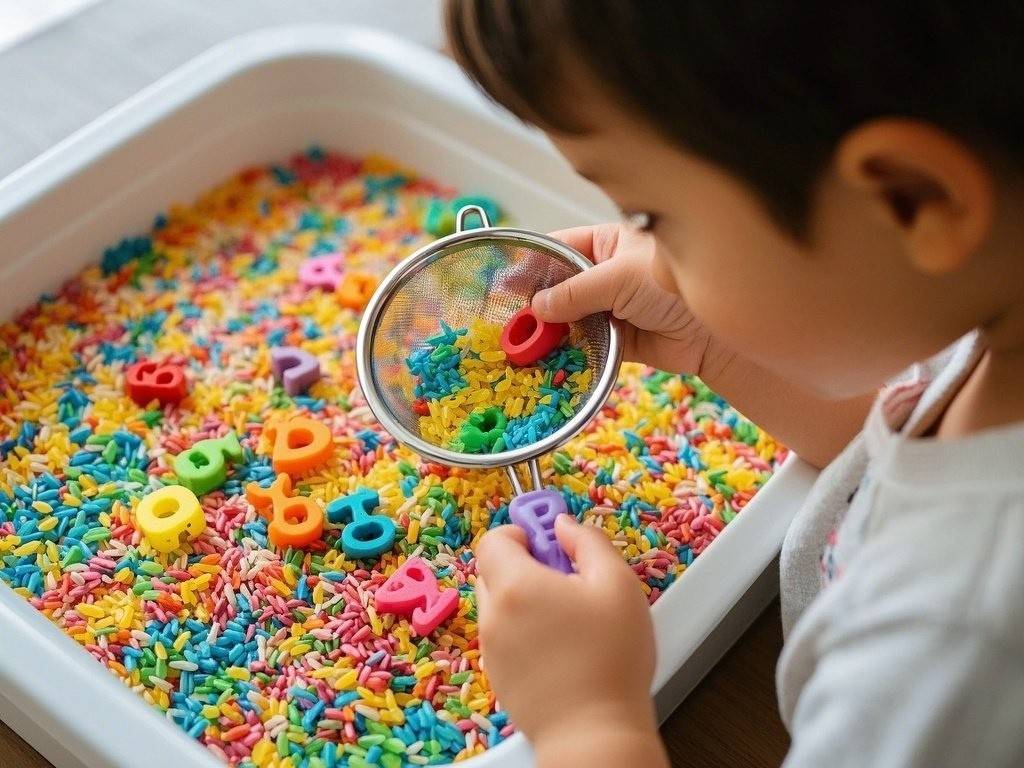
Sensory processing is the brain’s ability to receive information from the senses, organize it, and respond appropriately. Tactile, visual, auditory, and olfactory inputs need to harmonize, or the child may become overwhelmed or under‑stimulated.
Why it matters
Healthy sensory integration improves attention span, emotional regulation, and readiness to learn. Children who can filter background noise or tolerate different textures are better equipped for the dynamic environments of playgrounds and classrooms.
Playful activity ideas
- Rainbow Rice Bin – Dye dry rice with food coloring, let it dry, and pour it into a shallow tub. Bury small toys or magnetic letters for a treasure hunt. The varied textures calm anxious systems while encouraging letter recognition.
- Sound‑Matching Jars – Fill opaque containers with pairs of materials (beans, coins, paper clips). Shake and match by sound alone, fine‑tuning auditory discrimination.
- Scented Play Dough Café – Add cocoa powder, peppermint extract, or cinnamon to homemade dough. Children “cook” imaginary dishes, engaging touch and smell simultaneously.
Rotate materials weekly to maintain novelty but avoid overstimulation by offering a predictable clean‑up ritual at the end.
4. Balance and Coordination Exercises
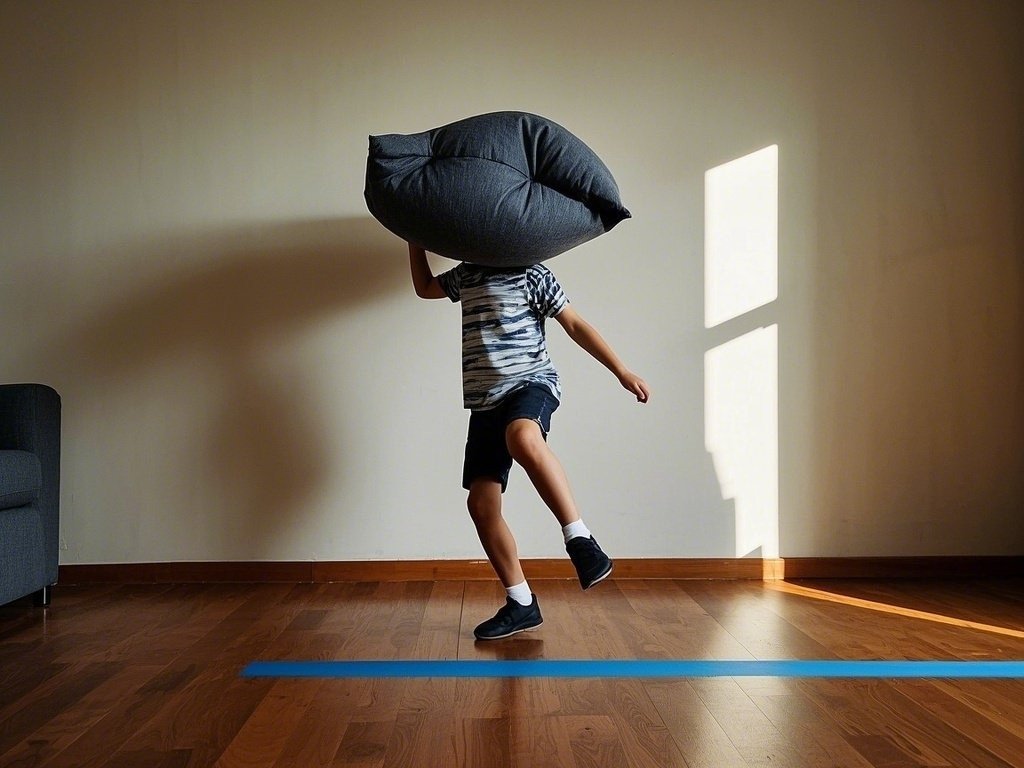
Balance is the ability to maintain a controlled body position; coordination is the seamless execution of multi‑step movements. Together, they keep kids safe on climbing frames and adept during PE drills.
Why it matters
Well‑balanced children fall less often, recover quicker, and develop fluid gait patterns that support efficient running and biking. Coordination underpins complex tasks like swimming strokes or dance routines and primes the brain for sequencing activities in math and reading.
Playful activity ideas
- Yoga Story Time – Weave simple poses (tree, warrior, cat‑cow) into a narrative. Slow transitions from one pose to another challenge balance while integrating imaginative play.
- Tightrope Trail – Lay painter’s tape in straight, zigzag, or curved lines and encourage heel‑to‑toe walking. Up the ante by having kids balance a beanbag on their heads.
- Balloon Tap Race – Two players bat a balloon back and forth without letting it hit the ground. The unpredictable float path hones reaction time and whole‑body coordination.
Praise quiet body control just as much as flashy jumps—both forms of balance have value.
5. Proprioception and Body Awareness Games
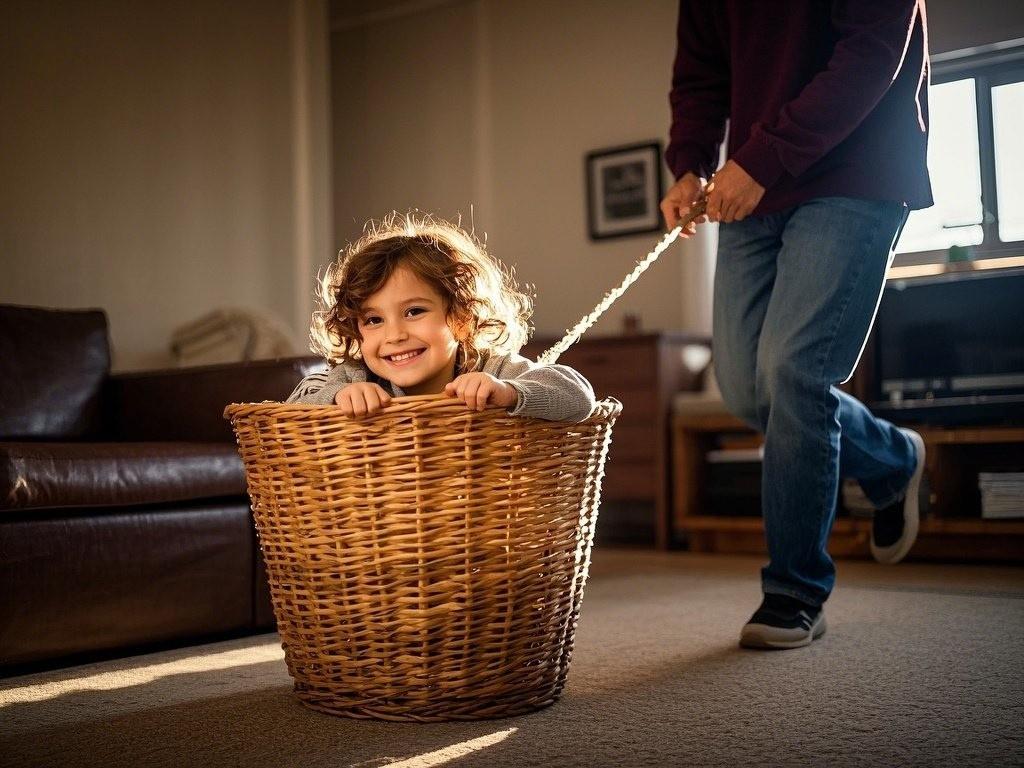
Proprioception is the “sixth sense” that tells us where our limbs are without looking. Children refine it by pushing, pulling, lifting, and squeezing—experiences that send rich feedback to muscles and joints.
Why it matters
Strong proprioceptive input stabilizes posture, helps children judge appropriate force (e.g., hugging vs. squeezing too hard), and calms overstimulated nervous systems. Therapists often call it the “organizer” sense because it grounds the body.
Playful activity ideas
- Couch Cushion Sandwich – Place a cushion on the child’s back and gently press another on top. The firm pressure feels like a cozy hug, improving body awareness and easing sensory overload.
- Laundry Basket Tug‑Boat – Pull a child seated in a sturdy basket across a carpet with a rope; then switch roles. Heavy work strengthens core muscles and gives clear movement feedback.
- Animal Farm Cleanup – Hide stuffed animals around the room and ask children to carry each one back using bear hugs, crab walks, or backward crawls. Varying weight and movement boosts joint awareness.
Offer frequent water breaks—hydration supports muscle elasticity and joint comfort.
6. Hand‑Eye Coordination Challenges
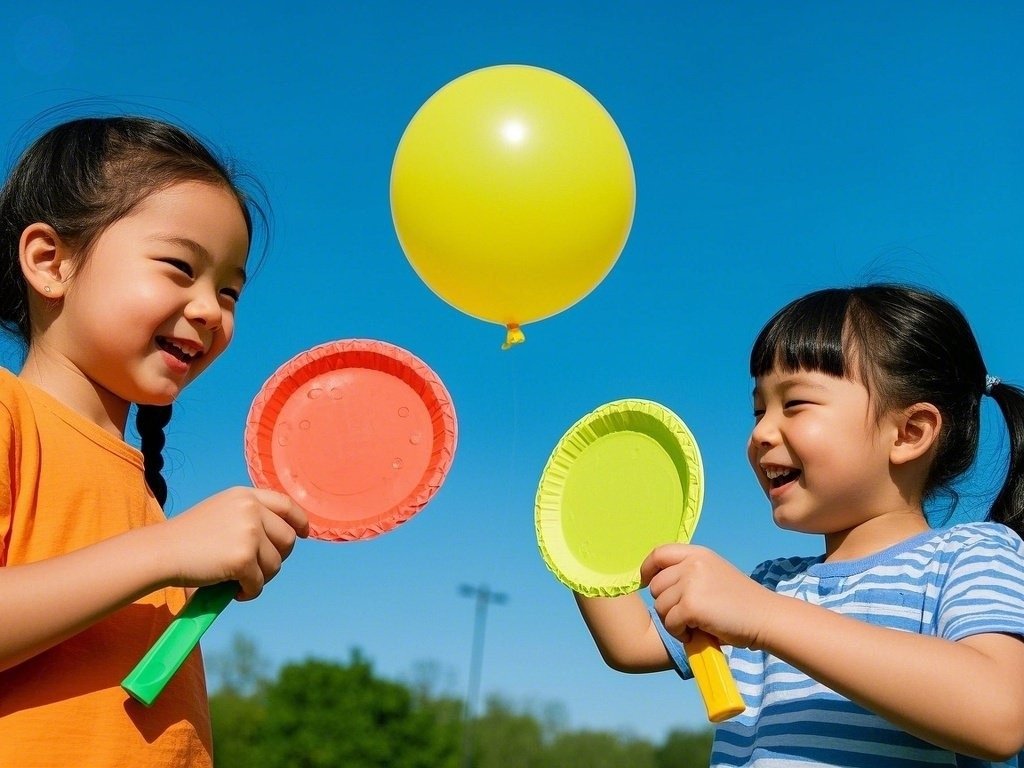
Hand‑eye coordination links visual information with precise hand movements, critical for sports, handwriting, and—even more urgently in the digital age—typing or tapping accurately.
Why it matters
Children who can track a moving object and respond with correct timing perform better in ball games, beat‑based music activities, and classroom tasks that require copying from the board. Early success reduces the risk of labeling themselves “bad at sports” or “clumsy.”
Playful activity ideas
- Balloon Tennis – Fashion rackets from paper plates and craft sticks. Keeping a balloon aloft demands constant visual tracking and adaptable swing strength.
- Pom‑Pom Catapult – Build a mini‑catapult from a spoon and elastic band. Kids predict trajectory, launch, and then chase pompoms, reinforcing cause‑and‑effect thinking.
- Light‑Up Target Toss – Stick glow‑in‑the‑dark tape circles on a wall, dim the lights, and toss soft balls toward targets. The visual contrast sharpens depth perception, while scoring points adds math practice.
Emphasize personal bests rather than competition to nurture a growth mindset.
Putting It All Together
When viewed individually, each category targets a distinct developmental domain, yet the magic happens when you blend them. A single obstacle course can address gross motor strength, balance, proprioception, and hand‑eye coordination in one joyful burst of activity. The secret is variety: rotate games daily, adapt them to your child’s interests, and invite their input—kids who help plan play are more invested and creative.
Remember, progress unfolds in small victories: a firmer grasp on a crayon, steadier steps across a balance beam, a fearless leap to catch a soaring balloon. By regularly weaving these 6 Fun Sensory Motor Skills Activities to Boost Your Child’s Development into everyday routines, you’re not just filling time between meals and bedtime; you’re wiring neural pathways, bolstering confidence, and laying the groundwork for lifelong learning. So pull out the stickers, roll out the tape trail, and let the exploration begin—one playful, purposeful movement at a time.



